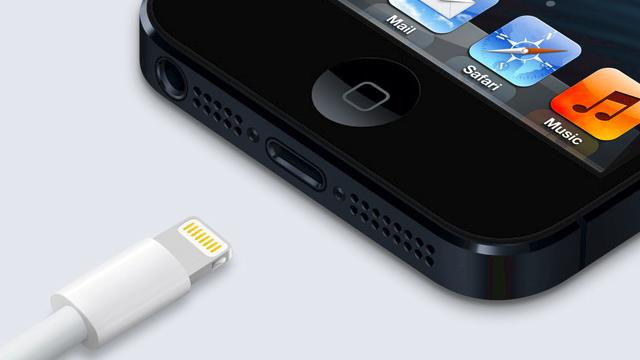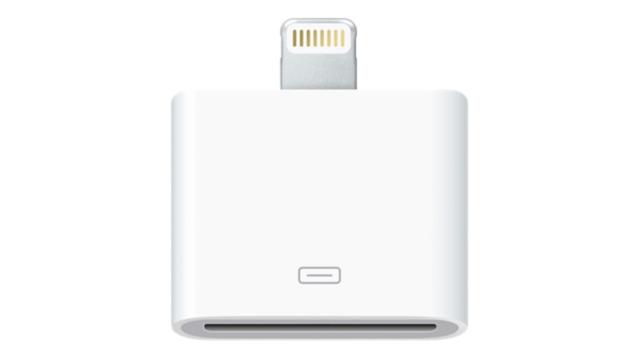Apple Lightning connector: what you need to know
Is Lightning a genuine step forward?

Apple's Thunderbolt connectors have a smaller sibling: Lightning, which replaces the familiar Dock connector on the iPhone 5, the iPad 4,
,
and
.
Get daily insight, inspiration and deals in your inbox
Sign up for breaking news, reviews, opinion, top tech deals, and more.
It's significantly smaller than the outgoing Dock, but it's received a bit of a mixed reaction from people who've splashed out on Dock-connecting accessories and cables and don't fancy paying for expensive adaptors. Is it a genuine step forward?
- Hands on: iPad 4 review
- Hands on: iPad mini review
Here's what you need to know…
The Lightning connector is very small
Where the Dock connector had 30 pins, the Lighting one has just eight signal pins - and that means it's much, much smaller, which helps Apple make super-slim devices such as the iPhone 5. It's a little bit bigger than a micro-USB connector, but only by a little bit.
The Lightning Connector has a processor in it
This is no dumb cable: the Lightning connector has a processor that can tell which way round you've plugged it in, and that processor then reroutes the electrical signals so that it works correctly whether it's upside down or the right way up.
That's a vast improvement over the Dock, which is awfully fiddly on an iPad 2 or 3, and over USB, which is wrong whichever way you plug it in.
Lightning works with both kinds of cable, Dock and USB, although that comes at a price - that processor is also an authentication device to ensure only official Lightning cables and connectors are used.
A Lightning connector isn't as fast as a Thunderbolt one
Lightning is based on USB 2.0, not the faster 3.0 or Thunderbolt cables, presumably for cost reasons. However, it wouldn't require much extra engineering to chuck USB 3.0 down there, and Apple also promises Lightning-to-HDMI and Lightning-to-VGA cables.
The Dock adaptor doesn't give you video
While Lightning is capable of delivering video output, it doesn't do so when it's connected to a Dock adaptor: as Apple's spec page says, the adaptor supports "analog audio output, USB audio as well as syncing and charging [but] video output [is] not supported."
The Lightning adaptors are frighteningly expensive
Fancy an adaptor that enables you to connect an existing Dock cable or connector to a Lightning port? Yours for £25. A cable with a Lightning connector on one end and a 30-pin Dock on the other? £30.
A cable with a USB connector on one end and a Lightning connector on the other? £15. A Lightning to Micro USB adaptor? £15.

Why so expensive? The short answer is "well, y'know: Apple", and the slightly longer answer is that until now, Apple didn't have any competition.
However, it seems that Apple's authentication chip has now been cracked and third-party connectors and cables should appear fairly soon at significantly lower prices.
To the best of our knowledge nobody has actually tested these third-party connectors yet, so buyer beware: if you buy one and it makes your iPad 4 explode, don't say we didn't warn you.
Writer, broadcaster, musician and kitchen gadget obsessive Carrie Marshall has been writing about tech since 1998, contributing sage advice and odd opinions to all kinds of magazines and websites as well as writing more than a dozen books. Her memoir, Carrie Kills A Man, is on sale now and her next book, about pop music, is out in 2025. She is the singer in Glaswegian rock band Unquiet Mind.
